Introduction
Dried tea, often referred to simply as “tea,” is one of the most consumed beverages globally, celebrated for its rich history, cultural significance, and diverse flavors. At its core, dried tea is the processed product of leaves from the Camellia sinensis plant, which undergoes a series of steps—including withering, oxidation, and drying—to transform fresh leaves into the aromatic, shelf-stable product we know. This article delves into the science, artistry, and cultural tapestry surrounding dried tea, exploring its origins, production methods, varieties, and enduring appeal.
The Origins of Dried Tea
The story of dried tea begins in ancient China, where legend attributes its discovery to Emperor Shen Nong around 2737 BCE. According to lore, leaves from a wild tea tree accidentally fell into his boiling water, infusing it with a refreshing aroma and taste. This serendipitous event marked the birth of tea drinking. Early Chinese texts, such as Lu Yu’s Cha Jing (“The Classic of Tea”), written during the Tang Dynasty (618–907 CE), document the meticulous cultivation and preparation of tea leaves, including drying techniques to preserve them for extended periods.
From China, tea spread to Japan, Korea, and Southeast Asia, with each region adapting drying methods to suit local climates and preferences. By the 17th century, European traders had introduced tea to the West, where it became a symbol of status and sophistication. Today, dried tea is produced in over 50 countries, with China, India, Kenya, and Sri Lanka leading global production.
The Drying Process: Science Meets Artistry
Drying is a critical step in tea production, as it halts enzymatic oxidation (a chemical reaction that determines tea type, such as green, black, or oolong) and removes moisture to prevent spoilage. The method of drying significantly influences the tea’s flavor, aroma, and appearance. Common drying techniques include:
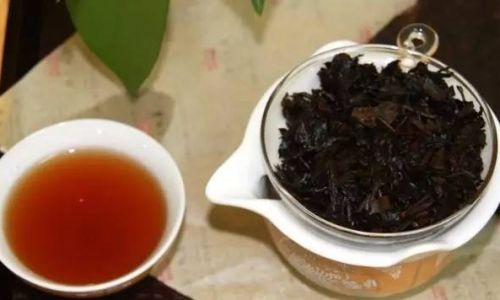
-
Sun-Drying: Traditional in regions like China’s Yunnan Province, sun-drying involves spreading tea leaves on bamboo trays under direct sunlight. This slow, natural process imparts earthy, floral notes but requires careful monitoring to avoid over-drying or mold.
-
Pan-Firing: Popular for green teas, pan-frying involves heating leaves in woks or rotating drums at high temperatures. This method preserves the leaves’ vibrant green color and fresh, grassy flavor.
-
Oven-Drying: Modern tea factories use industrial ovens with controlled temperatures to dry leaves evenly. Oven-dried teas often exhibit a consistent taste profile, making them ideal for mass production.
-
Air-Drying: Leaves are hung in well-ventilated, shaded areas to dry gradually. This technique, used for oolong and white teas, retains delicate aromas and subtle sweetness.
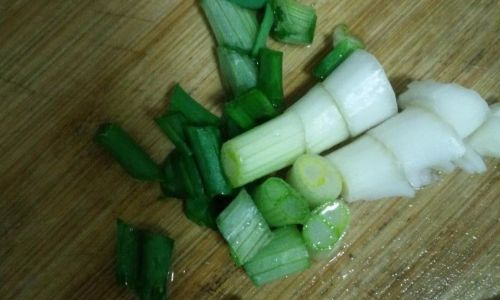
-
Wood-Fired Drying: A traditional method in Taiwan and Japan, wood-fired ovens infuse leaves with smoky undertones, as seen in Lapsang Souchong black tea.
Types of Dried Tea
The drying process, combined with oxidation levels, defines the six primary tea categories:
-
Green Tea: Unoxidized and minimally processed, green tea retains natural antioxidants like catechins. Popular varieties include Dragon Well (China) and Sencha (Japan).
-
Black Tea: Fully oxidized, black tea undergoes extensive drying, resulting in robust flavors. Assam (India) and Keemun (China) are classic examples.
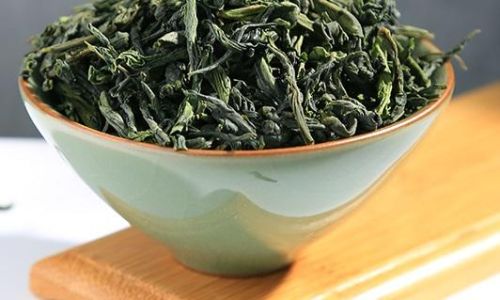
-
Oolong Tea: Semi-oxidized, oolong teas are dried through a unique “bruising” process, creating complex, floral profiles. Tie Guan Yin (China) and Dan Cong (China) are renowned.
-
White Tea: Made from young leaves and buds, white tea is sun-dried or air-dried, yielding a mild, slightly sweet taste. Silver Needle (China) is a premium variety.
-
Pu-erh Tea: Aged and post-fermented, pu-erh undergoes a unique drying and compression process, developing earthy, mellow notes over time.
-
Yellow Tea: Rare and labor-intensive, yellow tea is dried slowly under humid conditions, creating a mellow, less astringent flavor than green tea.
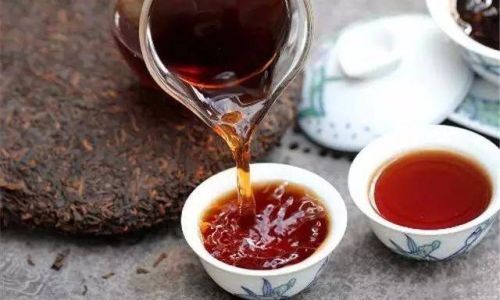
Health Benefits of Dried Tea
Dried tea is more than a beverage—it’s a reservoir of bioactive compounds linked to numerous health benefits:
- Antioxidants: Polyphenols, such as EGCG in green tea, combat oxidative stress, reducing the risk of chronic diseases like heart disease and cancer.
- Cognitive Enhancement: L-theanine, an amino acid in tea, promotes relaxation without drowsiness, enhancing focus and creativity.
- Metabolic Boost: Studies suggest tea may aid weight management by increasing fat oxidation and improving insulin sensitivity.
- Hydration: Despite containing caffeine, tea contributes to daily fluid intake, with herbal infusions (caffeine-free) being particularly hydrating.
Cultural Significance of Dried Tea
Tea ceremonies and rituals reflect the deep-rooted cultural importance of dried tea:
- China: The Gongfu Cha ceremony emphasizes precision and mindfulness, using small teapots to brew multiple infusions.
- Japan: Chanoyu, the Japanese tea ceremony, embodies harmony, respect, and tranquility, with matcha (powdered green tea) as the centerpiece.
- Morocco: Mint tea, brewed with gunpowder green tea and fresh mint, symbolizes hospitality and community.
- Britain: Afternoon tea, a legacy of colonialism, pairs black tea with scones, sandwiches, and pastries, reinforcing social bonds.
Modern Innovations in Dried Tea Production
Advancements in technology and consumer preferences have spurred innovation in dried tea:
- Flavored Teas: Dried tea leaves are blended with fruits, herbs, or spices (e.g., Earl Grey with bergamot) to cater to diverse palates.
- Cold Brew and Iced Tea: Slow-steeping dried tea in cold water extracts smoother flavors, appealing to health-conscious consumers.
- Tea Concentrates and Powders: Matcha and instant tea powders offer convenience, while kombucha (fermented tea) gains popularity for its probiotic benefits.
- Sustainable Practices: Eco-friendly drying methods, such as solar-powered ovens and organic farming, reduce the carbon footprint of tea production.
Challenges in the Dried Tea Industry
Despite its global appeal, the dried tea industry faces hurdles:
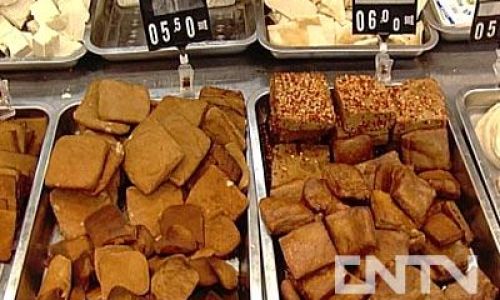
- Climate Change: Erratic weather patterns affect tea-growing regions, threatening yields and quality.
- Labor Shortages: Traditional tea plucking and processing require skilled labor, which is declining in producing countries.
- Market Saturation: The proliferation of tea brands and blends has led to price wars,挤压ing small-scale farmers’ profits.
- Quality Control: Adulteration with artificial flavors or lower-grade leaves undermines consumer trust.
The Future of Dried Tea
The future of dried tea hinges on innovation, sustainability, and cultural preservation. Initiatives like Fair Trade certification, regenerative agriculture, and blockchain traceability aim to address ethical and environmental concerns. Meanwhile, artisanal tea makers are reviving heirloom varieties and ancient drying techniques, appealing to niche markets.
Conclusion
Dried tea is more than a beverage—it’s a testament to human ingenuity, a bridge between cultures, and a source of well-being. From the sun-drenched slopes of Darjeeling to the minimalist tea rooms of Kyoto, the journey of dried tea mirrors our collective desire for connection, tradition, and renewal. As we sip a cup of this ancient elixir, we partake in a ritual that has transcended centuries, continents, and cultures, reminding us that some traditions are timeless.
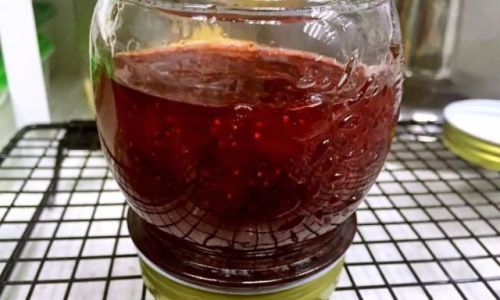
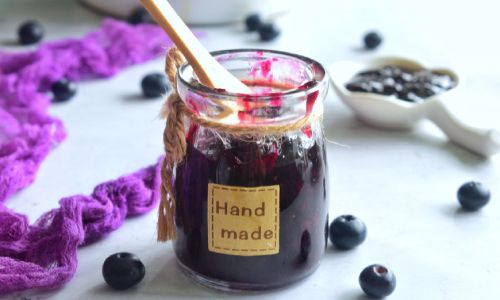
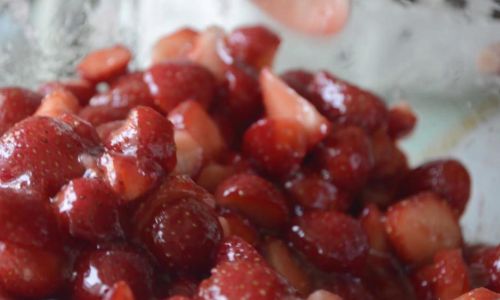


0 comments